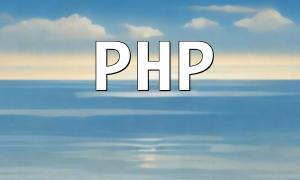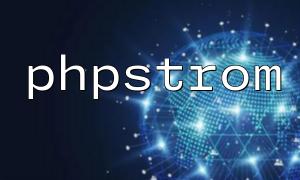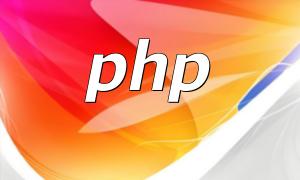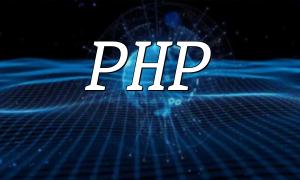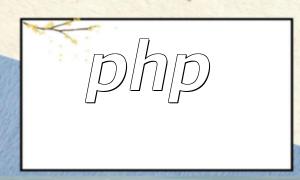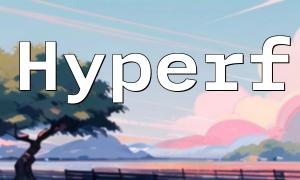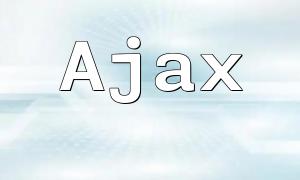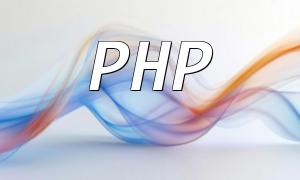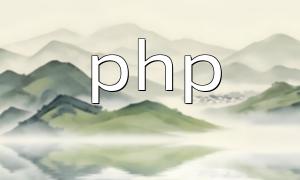Selecting the right PHP framework can greatly influence the efficiency, scalability, and long-term maintenance of your web application. Each framework offers unique advantages in functionality, performance, and community support. Making a choice based on your specific requirements is essential for project success.
Start by identifying your project's main objectives and core functionalities. Ask questions like: Does the app need to handle high traffic? Is a template engine required? How important are performance and security? These considerations help narrow down framework options. Focus on factors such as:
The PHP ecosystem offers many mature frameworks, each catering to different needs:
Each framework has a distinct philosophy. Laravel provides a powerful ORM and scheduling tools for complex applications. CodeIgniter emphasizes simplicity and speed. Symfony focuses on flexibility and reusable components.
// Example: Laravel route definition
Route::get('/user/{id}', function ($id) {
return 'User '.$id;
});
It’s a good idea to build a small demo with each candidate framework. This helps you evaluate documentation quality, debugging tools, and general development experience firsthand.
The best framework also depends on your team’s expertise. If your developers are already proficient with Laravel or Symfony, continuing with them can improve productivity. On the other hand, for small, fast-moving projects, CodeIgniter or Slim might be a better fit due to their simplicity and lightweight nature.
For large-scale or long-term projects, scalability and security are critical. A solid framework should provide:
Choosing the best PHP framework requires careful consideration of project requirements, technical capabilities, and future scalability. By testing and comparing different frameworks, you can find one that aligns best with your business goals and development workflow — building a strong foundation for long-term success.
